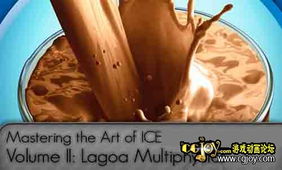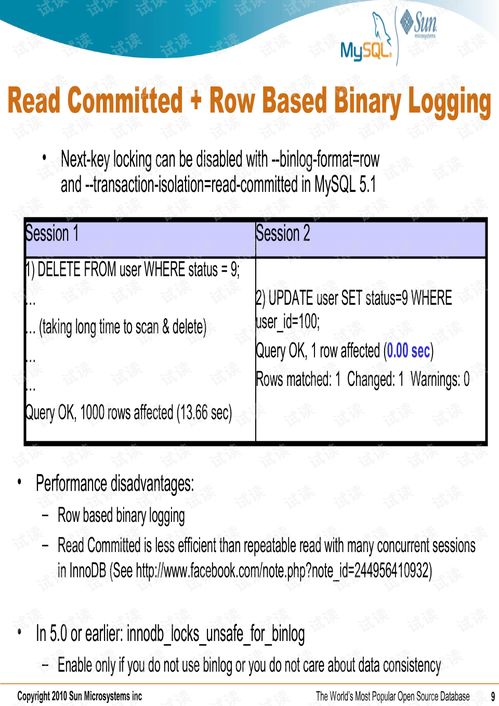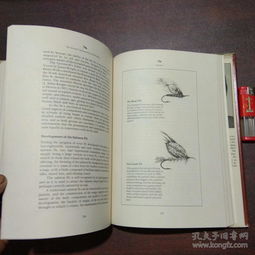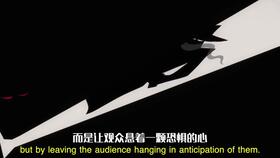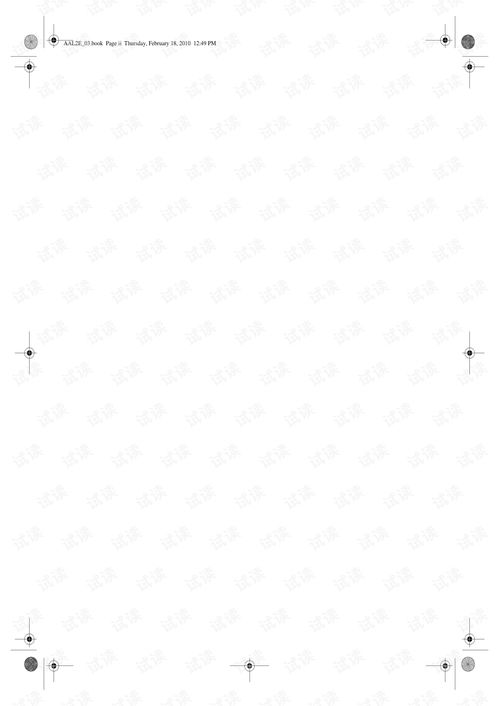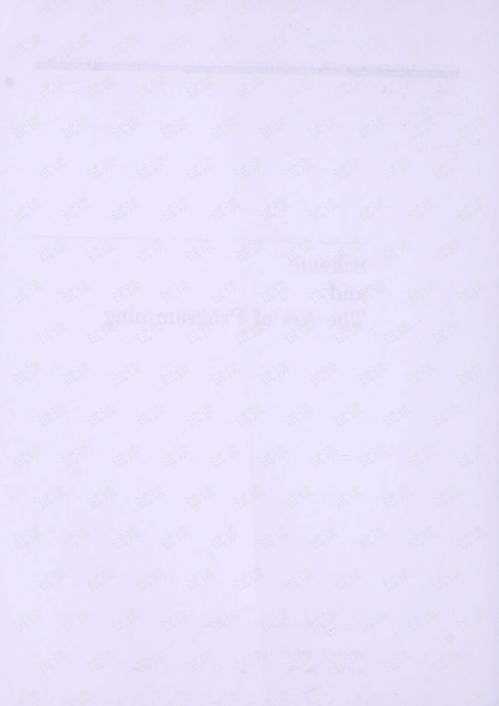
Content:
In the world of angling, mastering the art of fishing with a floating head can be a game-changer. This technique, often used in still waters like ponds, lakes, and slow-moving rivers, allows anglers to target fish at varying depths with precision. Whether you're a seasoned angler looking to expand your skill set or a beginner eager to learn the ropes, this article will provide you with a comprehensive guide on how to钓浮头钓鱼 (how to fish with a floating head), complete with helpful video tutorials.
Understanding the Floating Head Technique
The floating head is a specialized fishing rig that employs a floating line with a weighted head. This rig is particularly effective for catching fish that are suspended just below the surface or at different depths. The key to success lies in understanding the mechanics of the rig and how to adjust it to match the fishing conditions.
Choosing the Right Equipment
Before you start, it's important to gather the right equipment. Here's a list of essential gear for floating head fishing:
- Floating Line: A line that floats on the water's surface is crucial. The weight of the line should be appropriate for the conditions and the type of fish you're targeting.
- Leader Line: A shorter, lighter line connected to the floating line that carries the hook and bait.
- Hook: A small, sharp hook suitable for the species you're fishing for.
- Bait: Live bait or artificial lures that mimic the natural prey of the fish you're targeting.
- Swivel: A swivel at the end of the leader line to prevent line twist.
- Bobber or Float: A float that sits on the water's surface and moves with the line, indicating when a fish has taken the bait.
Setting Up the Rig
To set up the floating head rig, follow these steps:
- Attach the Swivel: Tie the swivel to the end of the floating line. This will prevent the line from twisting as you cast.
- Connect the Leader Line: Attach the leader line to the swivel using a knot like the improved clinch knot or the uni knot.
- Attach the Hook and Bait: Thread the hook onto the leader line and attach your bait or lure.
- Adjust the Float: Place the float on the leader line and adjust its position to the desired depth. The float should be above the hook to ensure it doesn't get in the way of the bait.
Fishing Techniques
Once your rig is set up, here are some techniques to help you catch more fish:
- Cast and Let Sit: Cast your rig out and allow it to sit still on the water's surface. This method is particularly effective for targeting fish that are actively feeding.
- Trolling: Move the boat slowly while dragging the rig behind. This technique can attract fish that are moving through the water.
- Jigging: Move the rig up and down in short, quick motions. This can mimic the action of a struggling prey and trigger strikes from fish.
- Rig Adjustment: If you're not getting bites, try adjusting the depth of the float by moving it up or down the leader line.
Video Tutorials
To help you visualize and understand the process better, here are some video tutorials that cover various aspects of floating head fishing:
- How to Tie a Floating Head Rig: This video will guide you through the process of setting up the rig, from attaching the swivel to adjusting the float.
- Effective Bait Choices for Floating Head Fishing: Learn which baits are most effective for different types of fish and how to rig them properly.
- Advanced Techniques for Floating Head Fishing: Watch professional anglers demonstrate advanced techniques like trolling and jigging to catch more fish.
Conclusion
Floating head fishing is a versatile and effective technique that can help you catch a variety of fish in different conditions. By understanding the mechanics of the rig, choosing the right equipment, and mastering the various fishing techniques, you'll be well on your way to becoming a proficient angler. Remember to practice regularly and watch these video tutorials to refine your skills. Happy fishing!
